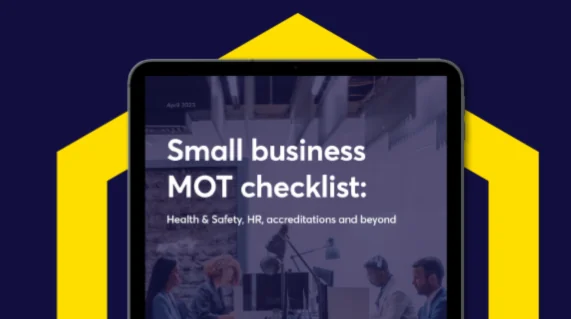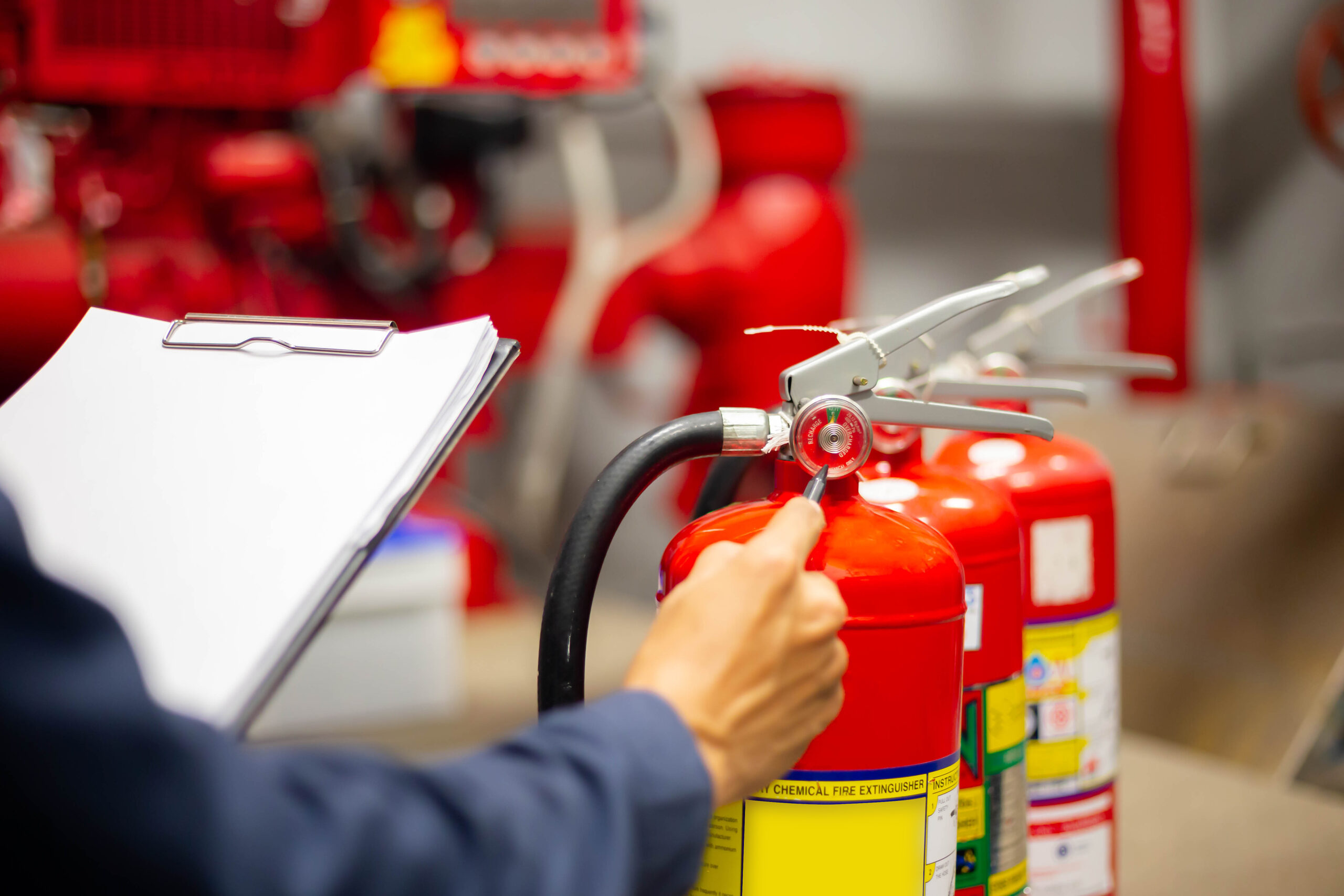Summer is officially here, and with it comes the prospect of sunnier days and rising temperatures. While that’s usually a cause for celebration, the higher temperatures associated with summer do actually pose some risks to workers – risks that employers and business owners need to stay on top of.
Let’s take a look at how best you can manage heat exposure in the summer and what you have to do to stay legally sound and keep your workers safe.
What Does The Law Say About Working in Heat?
The Workplace (Health, Safety and Welfare) Regulations 1992 say that employers legally have to provide ‘a reasonable’ temperature in the workplace. There’s no actual upper limit in the law for what is considered too hot – plus there’s multiple factors to think about – including the type of work you’re doing.
So, how hot is too hot? Well, like most Health & Safety issues, that all comes down to your risk assessment. Exposure to high levels of heat is a hazard that carries with it a number of risks and it’s you job to assess them and put in place controls to manage the heat and keep everyone in safe.
Risks From Heat Exposure in Summer
Some workplaces have to deal with the risks of heat exposure all year round (such as bakeries, laundries or foundries), while for others, heat exposure can become more of an issue during the warmer months – such as for those working in offices, using vehicles for work or working outside.
Whatever the case may be in your workplace, you need to think about what factors within your business’ environment could lead to heat stress and identify how those factors could be reduced to lessen the risk of heat stress becoming a problem.
Some areas to think about include:
- Exhaustion and dehydration – can your workers take regular breaks if the temperature becomes significantly higher? Are you able to provide cooling sources like shaded areas (if working outside), electric fans and clean drinking water?
- Air quality – do your work activities create dust? Could this, combined with higher than average temperatures, present a risk to air quality in the workplace?
- Materials warping – in high temperatures flashing on roofs, timber and scaffolding can all warp. Sealant and joins over concrete slabs and bridges can swell and melt, causing safety issues because of the risk of materials dislodging and hitting someone.
- Hay fever and allergies – if one of your workers is suffering with hay fever and allergies, are you aware of the effects of this? Do you have the flexibility to allow them to work from home if needed?
- Sunburn – are your workers outside in direct sunlight? Can you make sure they have adequate sun protection? Have you considered the long-term risk of skin cancer?
- Heat stress – sustained exposure to heat can lead to heat stress, when the body fails to regulate its own internal temperature.
Symptoms of Heat Stress
Everyone’s body acts in different ways, and so the signs of heat stress will vary from person to person. Some common signs to look out for include:
- Lack of concentration
- Muscle cramps
- Heat rash
- Severe dehydration – this is usually a late symptom
- Fainting
- Heat exhaustion – this includes symptoms like headaches, nausea and fatigue
- Heat stroke – this could be anything from confusion to seizures and is the most severe result of heat stress
Risk Assessments for Heat Exposure
If the summer weather – or your work practices – are a cause for concern when it comes to heat exposure, a risk assessment is a must. Follow the stages below to make sure you’ve covered everything.
- What are your hazards – are your workers outside in direct sunlight? Is your workplace hotter in the summer months, or does your work lead to increased temperatures all year round?
- Who’s in harm’s way? How could heat exposure affect them? Remember, this is not necessarily just in the summer months, but will be determined by the type of work you’re doing.
- What controls do you have in place already?
- Assess your risks
- Decide on what other controls you need to have in place to keep your people safe.
And remember you will need to regularly review your risk assessment and make any amends to reflect changes in how you work, change in equipment and any additional controls you put in place.
Need extra support?
We can help you overcome the challenges you might be facing when it comes to protecting your workers from the risks of heat exposure.
We have a collection of tools and templates you can use to make sure you’re covering every angle – including our heat exposure cheat sheet, toolbox talk and our heat exposure risk assessment.
If you’d like to find out more about how we can support you documents, advice and smart software solutions, just get in touch with our team by calling 0114 244 4461 or by filling out our call-back form.









